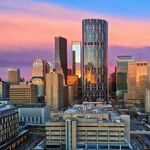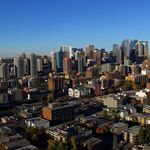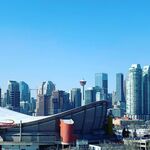CalgaryTiger
Senior Member
I've noticed this in a major way when it comes to 33 and 34. By making them both one way it has taken the issues of 33 and brought them to 34. When the main streets work is done, 34 will be the better (for everything but cars) avenue.It's instructive that most of our best infill/incremental intensification did not happen right on main streets that maintain a dominate role for vehicle movements.
34th Ave in Marda Loop, 1st Avenue NE in Bridgeland, 1st Street SW, even mini-main streets like 19th Street NW all share the same features - relatively narrow and less connected than more major corridors nearby. They have traffic, but it's modest and limited to mostly local circulations rather than serving a declared commuter route - which almost all streets have been dedicated as such.
Essentially, we have slowly been proving that to create a economically productive, successful street that's attractive for human-scale development investment, the pre-requisite is that car mobility can't be the main priority.
The next step is to apply this learning to commuter streets, but have this win the argument over "business as usual" mobility/car sewer needs. Looking at you 17th Avenue SW.
Last edited:




